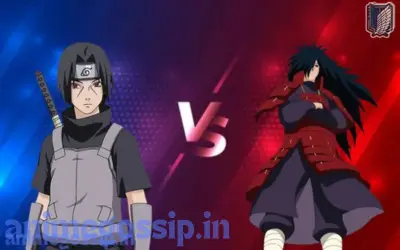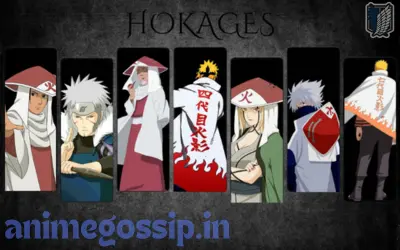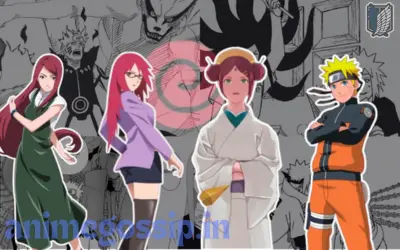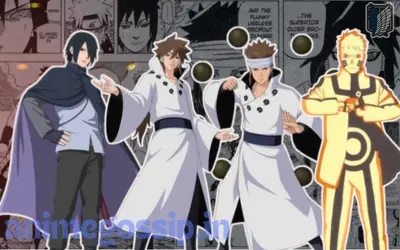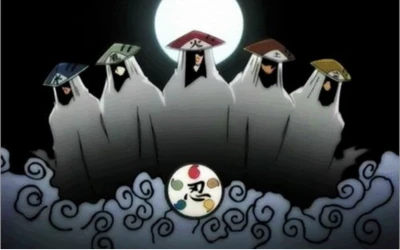In the Naruto series, “Great Ninja Wars” refer to large-scale conflicts involving numerous ninja villages and having a significant impact on the entire ninja world. These battles are crucial moments in the plot, resulting in substantial changes to the political landscape as well as personal growth and development for the main characters.
First Great Ninja War
Triggering Factors:
The First Great Ninja War arose from a volatile landscape molded by a power struggle between major ninja tribes. Territorial disputes and resource conflicts dominated after the founding of Konohagakure, Sunagakure, and Kirigakure. The development of tough individuals and rogue ninja organizations inflamed the already tense climate, acting as a catalyst for violence to erupt.

Strategies:
Leaders of the main villages aspired to exert supremacy by military strength in the absence of a cohesive governing body. The battle saw not just frontal clashes but also strategic clash, with each village employing its own arsenal of formidable jutsu and tactics. This decentralized style to fighting resulted in numerous small-scale engagements across the wide span of the ninja world, each contributing to the war’s rich tapestry.
Formation of Alliances:
Limited coalitions formed based on common interests, but the lack of a unified ruling authority prevented establishing widespread collaboration. Villages formed temporary partnerships in order to gain strategic advantages. This frequent shifting of allegiances, on the other hand, created an unstable and unpredictable landscape.
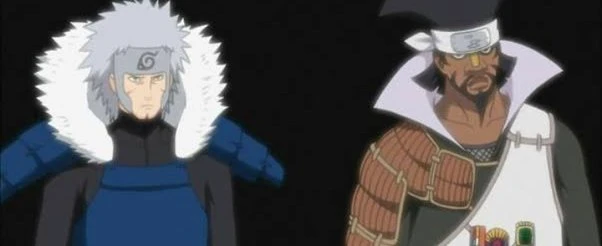
Resolution:
The First Great Ninja War produced no obvious winner. Cease-fire agreements and treaties negotiated to put an end to the bloodshed. However, the restored peace was fragile, leaving the villages apprehensive of each other. This unresolved tension laid the groundwork for future battles, leaving a legacy of distrust that would ripple throughout the history of the ninja world.
Impact:
The battle left an unmistakable imprint on the settlements, with residual mistrust dictating the ensuing course of events. The tenuous peace that followed paved the way for deeper ninja alliances and a reevaluation of the political environment, predicting the evolution of the ninja world.
Second Great Ninja War
Triggering Factors:
Following the First Great Ninja War, key ninja communities’ connections were strained, setting the stage for the Second Great Ninja War. Political interest, infiltration, and general distrust reigned supreme, spurred by the failure of post-war treaties to reduce tensions. The seeds of conflict were planted in the rich soil of mistrust.
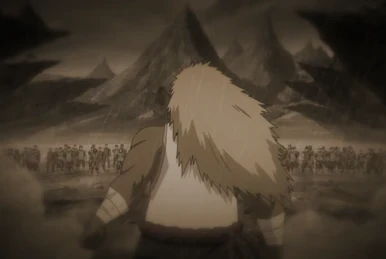
Strategies:
As a result of the strained relations, villages used a variety of techniques to achieve strategic benefits. As ninja leaders attempted to navigate the complicated web of political instability, secret alliances and covert actions became prevalent. The war saw the use of powerful summoning jutsu and the purposeful propagation of misinformation, adding complication to an already complex fight.
Formation of Alliances:
Temporary alliances were made for tactical gain, and secret pacts were formed between villages to confront mutual threats. The fluid nature of these alliances added to the war’s unpredictability, as towns united and realigned in response to changing circumstances. The fight turned into a shadowy ballet, with alliances forming and vanishing in the blink of an eye.
Resolution:
The Second Great Ninja War, like its predecessor, did not produce a clear winner. Both sides depleted their resources and became exhausted, bringing the fight to an end. Villages refocused their efforts on rebuilding, but the threat of further wars lingered in the background.
Impact:
The war increased hatred among communities, forcing them to develop better intelligence and infiltration operations. The fallout from two consecutive wars sowed the seeds of future political disputes in the ninja world. The conflict’s scars were deep, impacting major participants’ decisions and defining the geopolitical scene for years to come.
Third Great Ninja War
Triggering Factors:
The Third Great Ninja War took place under the masterful direction of Hanzo of the Salamander, a powerful figure in Amegakure(rain village). In order to preserve control of the territory, Hanzo pitted the big settlements against one another. The political unrest in Rain Village became the focal point of this intricate and complicated battle.

Strategies:
The battle was staged by Hanzo, a great operator, who pitted villages against each other. Guerrilla warfare and political manipulations became his weapons of trade, creating an unstable and fearful landscape. Legendary ninja like Jiraiya, Tsunade, and Orochimaru emerged as major players, each determining the conflict’s trajectory.
Formation of Alliances:
Unofficial alliances were formed against Hanzo, with local factions working together to resist the Salamander’s power. Despite their disparate allegiances, the Sannin’s collaboration demonstrated the terrible conditions that compelled even former foes to band together against a shared opponent. This cooperation in the face of a common threat complicated the great ninja wars narrative.
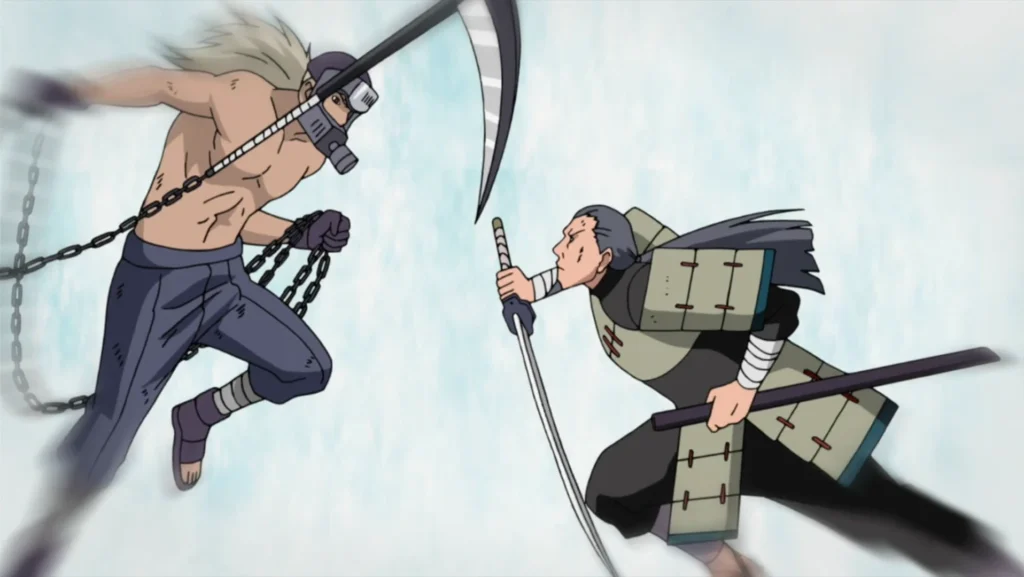
Resolution:
While Hanzo’s dominance was weakened, the war did not completely eliminate his influence. Amegakure’s(rain village) political situation remained unresolved, setting the groundwork for future events in the Naruto universe. With its enigmatic ending, the war became a significant chapter in the ongoing drama, leaving questions unsolved while preparing the way for the next narrative arc.
Impact:
The Third Great Ninja War introduced key characters whose legacies would impact the story’s future. It signaled a shift in the balance of power, with political interest and power battles remaining prominent in later story arcs. The great ninja wars ramifications went far beyond the battlefield, altering village connections and setting the stage for the growing dynamics of the ninja world.
Fourth Great Ninja War
Triggering Factors:
The Fourth Great Ninja War, also known as the War of the Fourth alliance, was orchestrated by Obito Uchiha, alias Tobi, who manipulated the Akatsuki, a group of rogue ninja, to further his ambition of implementing the “Eye of the Moon Plan,” which involved harnessing the power of the Ten Tails and the energize of the legendary Uchiha Madara.

Strategies:
Obito’s key event manipulation was a central strategy, manipulating disputes and crises to further his ambitions. The establishment of a powerful alliance with Madara, including the resurrected Ten Tails, demonstrated a tactical and strategic use of military strength as well as powerful jutsu. Obito’s schemes were played out on a large stage, with the fate of the entire ninja world on the line.
Formation of Alliances:
The big settlements banded together to face the common threat posed by Obito and Madara. Former adversaries put aside their disagreements and joined together to face the formidable coalition. This partnership highlighted the gravity of the situation and the villages’ conviction that survival demanded unity.
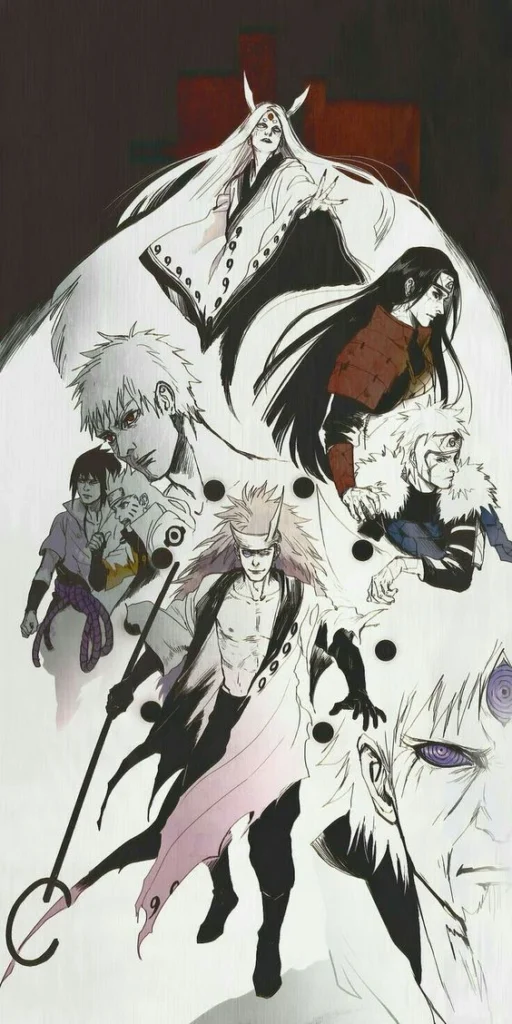
Resolution:
The Fourth Great Ninja War ended with the defeat of two formidable opponents, Obito and Madara. However, victory did not come without significant costs. The effects of this epic fight left an lasting mark on the Naruto universe, with significant people including as Naruto’s respected master, Jiraiya, and the Fifth Hokage experiencing grave consequences. The installation of a temporary peace, accompanied by profound sociopolitical changes, marked the end of this tremendous war.
Impact:
The Fourth Great Ninja War left an indelible mark on the Naruto realm. The absence of key characters echoed throughout the story, changing the paths of those who remained. Beyond the battlefield, the ninja world’s geopolitical landscape suffered a tremendous upheaval. This upheaval caused a rethinking of existing ninja systems and ideals, requiring characters and nations alike to adjust to a new reality. The ramifications of this battle were far-reaching, far beyond the bounds of the conflict itself.
Conclusion of The Great Ninja Wars
Finally, the Naruto series Great Ninja Wars are rich curtains weaved from a excess of ingredients – triggering circumstances, strategic tactics, surprising alliances, hard-fought resolves, and long-lasting effects. These conflicts forge not only crucial events in the history of the ninja world but also the destinies of key individuals. They lay the groundwork for the creation of the Naruto universe, as the echoes of each war resound, altering the plot and the characters inside it. The Fourth Great Ninja War, with its complexities and ramifications, is a testament to Masashi Kishimoto’s great narrative in the beloved Naruto series.
